|
|
|
|
|
|
Photographs from Qingdao 2010
(formerly German Tsingtao)
Photos ©
Keith Lam |
|
|
|
|
|
|
|
Modern Qingdao was annexed by Germany
along with its surrounding territory in 1897. From then until its
capture by the Japanese in 1914 it was built up as a German style
fortified city. Many aspects of the German period are still visible
in the modern city, from architecture to trees. The most famous
reminder of the occupation is probably Tsingtao Beer, originally
made by German brewers to quench the thirsts of the naval garrison and now exported to Chinese restaurants all
over the world. |
|
|
|
|
|
|
|
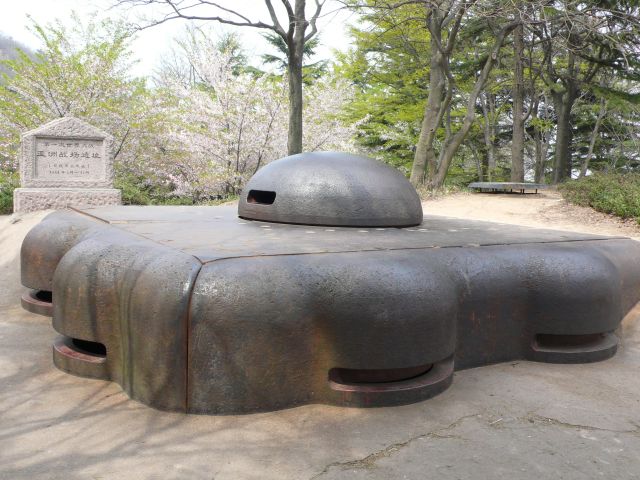 |
|
|
|
An intact German bunker. This would have been one visible part of a
larger underground fort. The Germans built up a large system of
fortifications all around Tsingtao consisting of steel and concrete
bunkers and gun emplacements. While most of the bunkers were
destroyed during and after the Japanese siege this one on Qingdao
Hill Park also known appropriately as as Fortress Hill
is still perfectly preserved. |
|
|
|
|
|
|
|
 |
|
|
|
The inside of the
cupola of the German bunker
with its revolving mechanism still in working order. |
|
|
|
|
|
|
|
 |
|
|
|
A map of the underground fort and command post. |
|
|
|
|
|
|
|
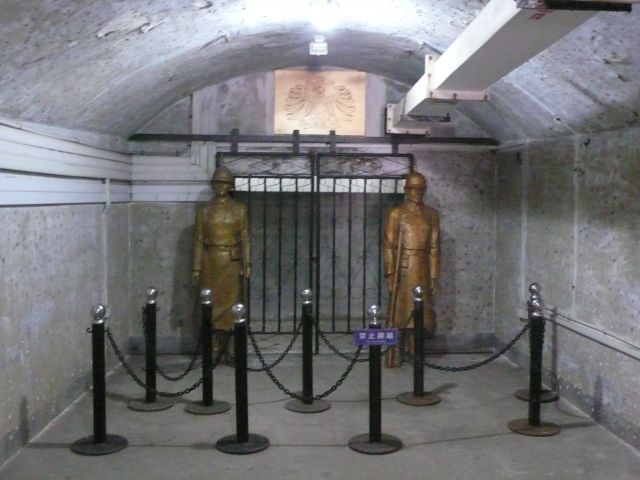 |
|
|
|
Inside the underground fort. Note the imperial eagle
above the door. The statues are a later addition. |
|
|
|
|
|
|
|
 |
|
|
|
The concrete corridors
with steel doors. |
|
|
|
|
|
|
|
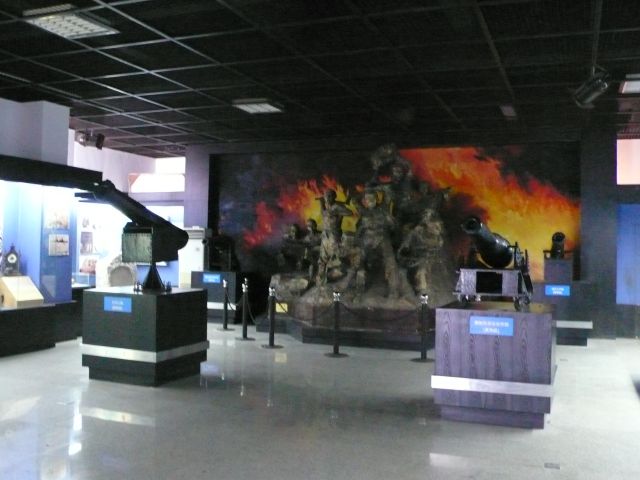 |
|
|
|
An historical museum near the fort inside
Qingdao Hill Park. Many of the items displayed in the museum are
more "representative" of the German era, rather than being actual
German antiques. |
|
|
|
|
|
|
|
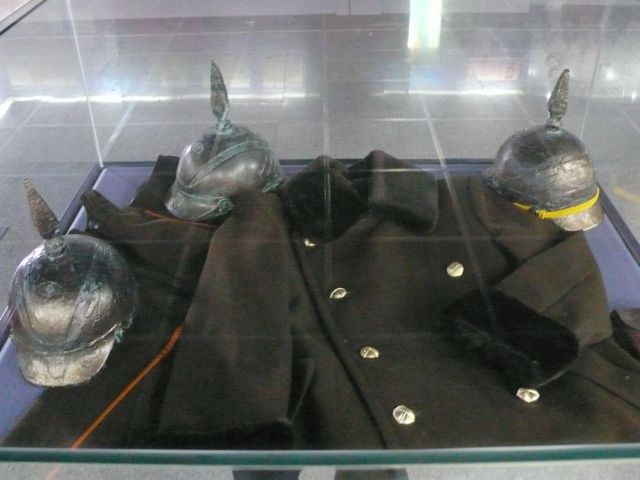 |
|
|
|
Some exhibits from the Hill Park Museum.
They show what looks like a Chinese army greatcoat from the post 1945 era with
three spiked helmets that appear to have been covered in tinfoil. None of these items
seem to
be from the German occupation.
|
|
|
|
|
|
|
|
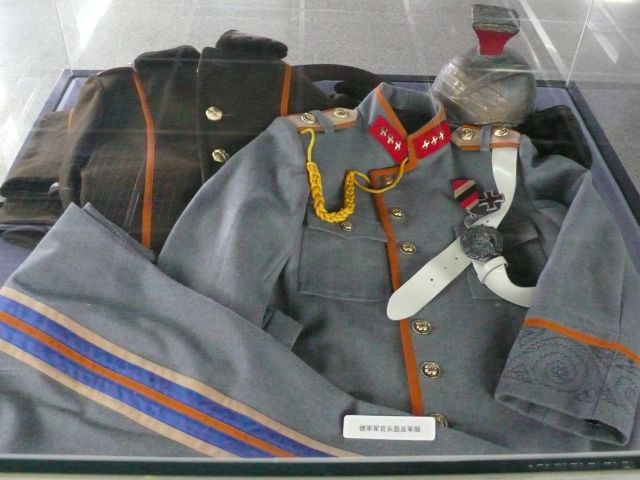 |
|
|
|
Some other curious uniforms (probably of
Chinese, possibly Manchukuo army origin) with some German style
medals. Once again, none of these items appear to be from the German occupation.
|
|
|
|
|
|
|
|
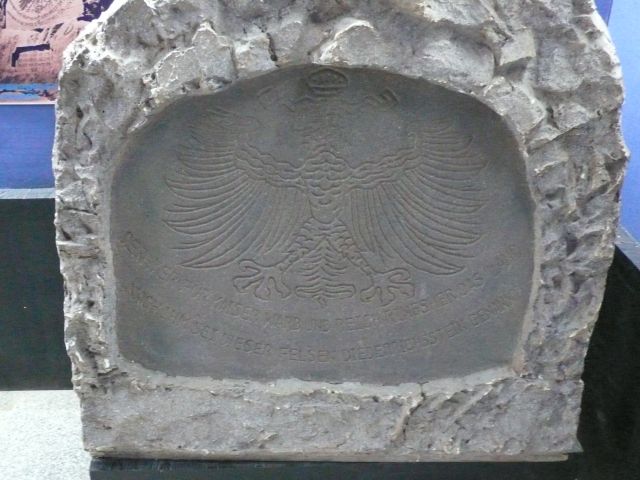 |
|
|
|
What looks like a
plaster cast of a German imperial eagle possibly taken from the
fort. |
|
|
|
|
|
|
|
 |
|
|
|
The former German governor's mansion built
in Bavarian style. |
|
|
|
|
|
|
|
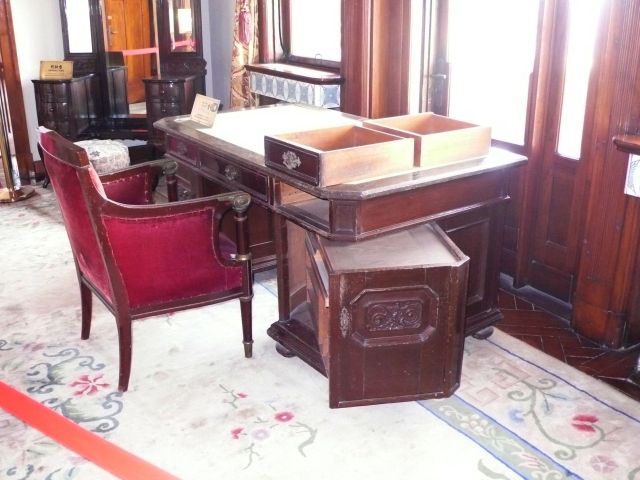 |
|
|
|
The desk of the governor inside his
mansion. The desk was made
in Stuttgart and
features hidden double drawers and a secret filing cabinet for
confidential documents. |
|
|
|
|
|
|
|
 |
|
|
|
A black and white photograph on display in
the governor's mansion showing it during construction. Construction
began in 1908. Note the
soldier from the III. Seebataillon in dark blue uniform on the far
left. |
|
|
|
|
|
|
|
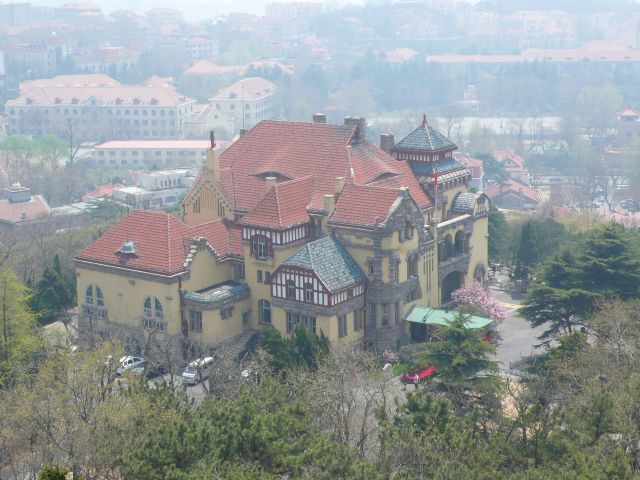 |
|
|
|
Governor's mansion viewed from the mountain top |
|
|
|
|
|
|
|
 |
|
|
|
The Lutheran Church built in 1910. |
|
|
|
|
|
|
|
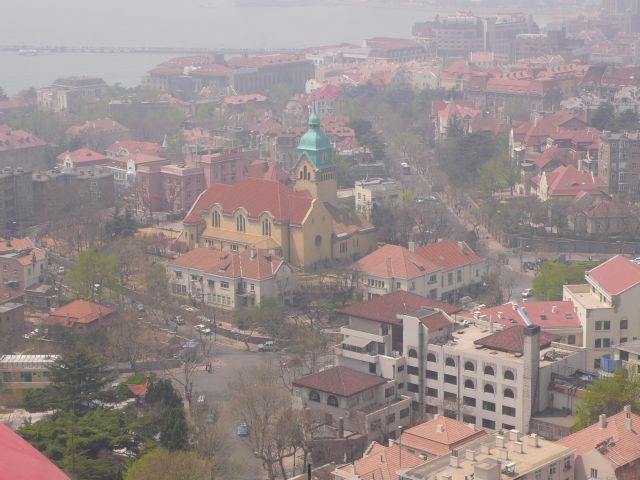 |
|
|
|
The church viewed from
the mountain top. |
|
|
|
|
|
|
|
 |
|
|
|
The harbour pier, originally built by the
Chinese in 1892 and expanded by the Germans in 1901. It has since
been expanded and rebuilt again and had a pagoda built on the end in
1930.
This pier is now a symbol of the city and a picture of the pagoda is
used on the logo of Tsingtao beer. |
|
|
|
|
|
|
|
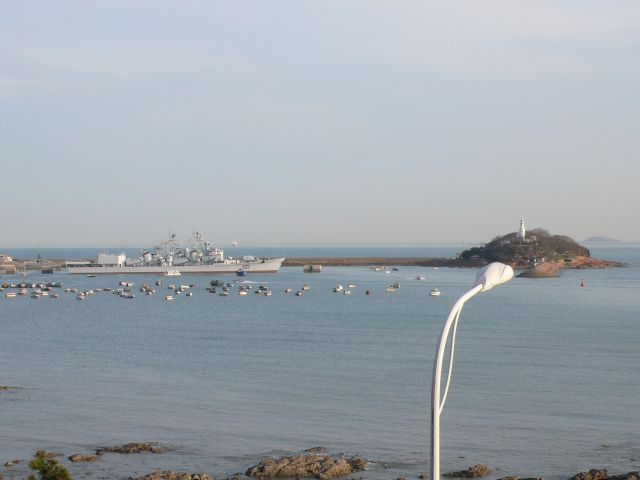 |
|
|
|
Looking the other way across the harbour,
the German lighthouse can be seen. The Chinese battleship is a now a naval museum.
|
|
|
|
|
|
|
|
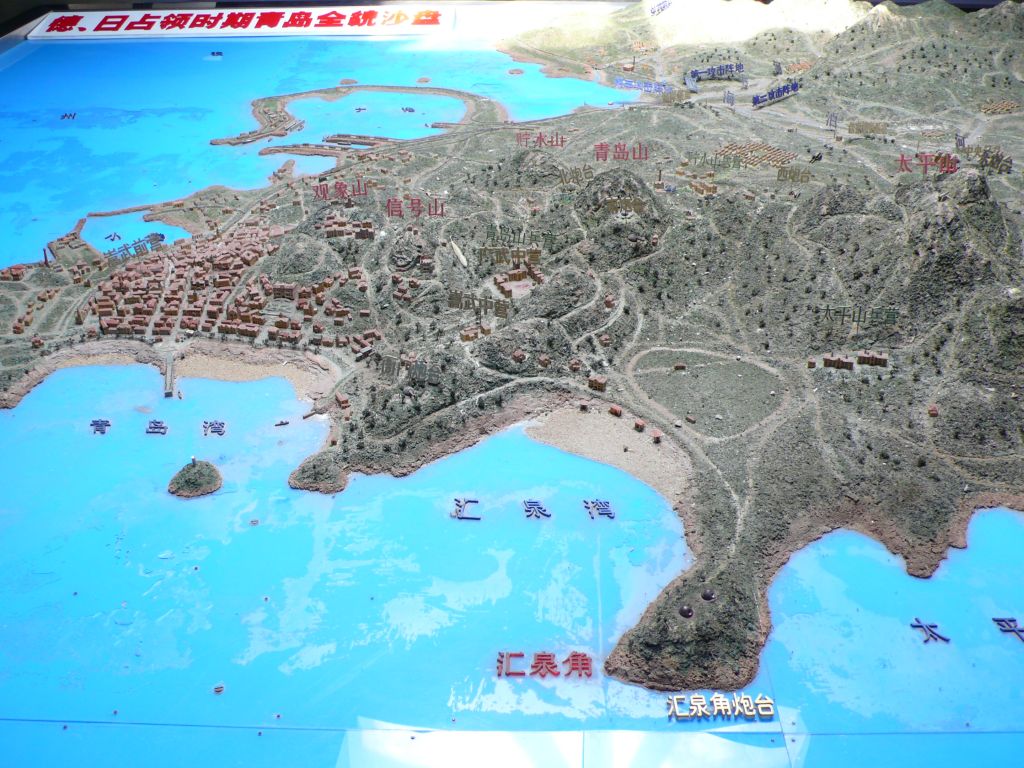 |
|
|
|
A relief map of Tsingtao in the
German era. Note the shorter pier and lighthouse on an island
(before a jetty was built to meet it) both in the left foreground.
The naval barracks are shown in red just above them. |
|
|
|
|
|
|
|
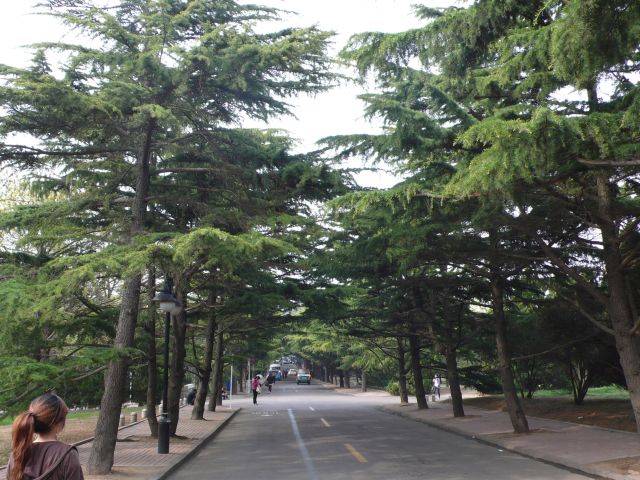 |
|
|
|
In the Ba Da Guan district there are eight roads planted
with different European tress and built in different European architectural
styles.
|
|
|
|
|
|
|
|
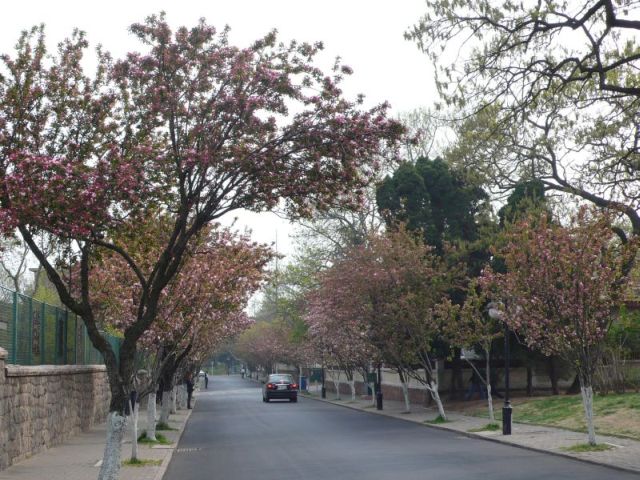 |
|
|
|
Another of the roads in Ba Da Guan.
|
|
|
|
|
|
|
|
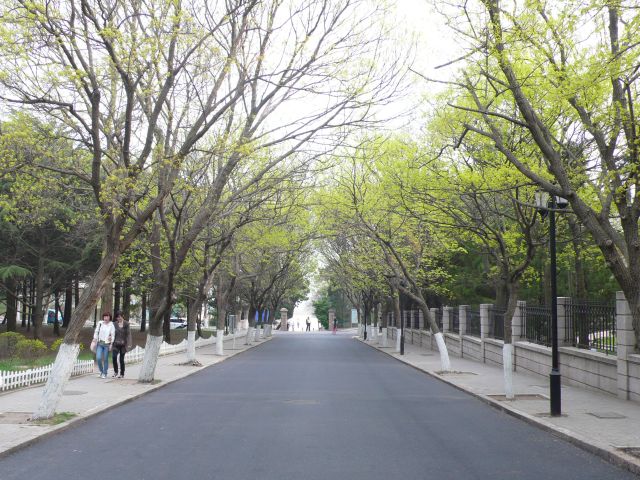 |
|
|
|
Another of the roads in Ba Da Guan.
|
|
|
|
|
|
|
|
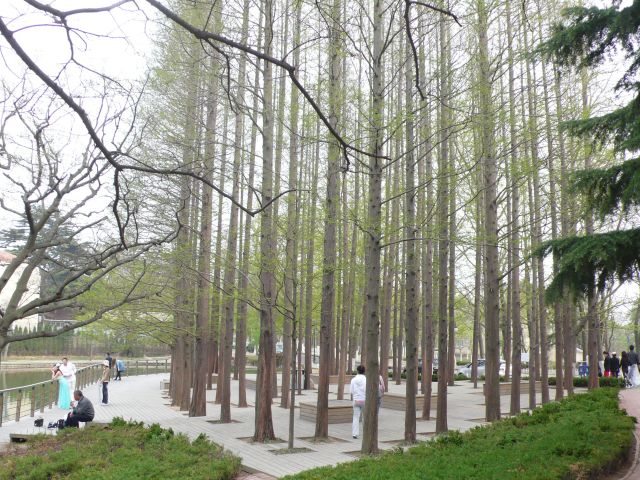 |
|
|
|
A park near Ba Da Guan
also planted with European trees. |
|
|
|
|
|
|
|
Recommended External
Links-
The Official
Qingdao Government and Tourism Website
Qingdao
on Wikipedia
Jaduland photos of Tsingtao during the siege
Axis History Forum more photos of modern Qingdao
Travel Webshots and more photos of modern Qingdao |
|
|
|
|
|